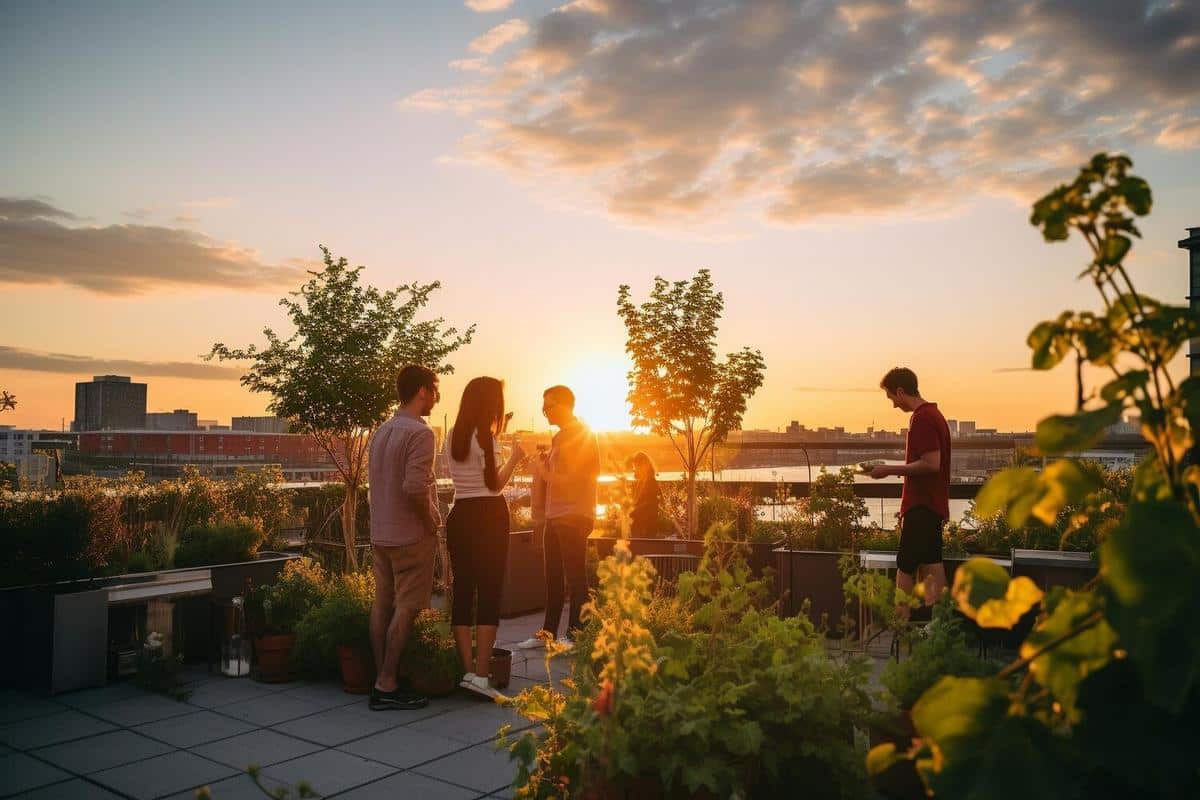
The Benefits of Urban Gardening for City Dwellers
Living amidst the hustle and bustle of the city doesn’t mean you have to forgo the joys of gardening. Urban gardening offers city dwellers a unique opportunity to cultivate greenery in limited spaces, fostering a more sustainable lifestyle.
Urban gardening has emerged as a thriving movement across cities worldwide, transforming concrete landscapes into lush pockets of greenery. From rooftop gardens to community plots, city residents are finding innovative ways to incorporate nature into their daily lives. But what exactly are the benefits of urban gardening for those living in urban settings?
The Environmental Impact
Urban gardening plays a crucial role in improving air quality. According to the Environmental Protection Agency, plants absorb pollutants and produce oxygen, contributing to cleaner air. This can be particularly beneficial in cities where pollution levels are often higher.
Health and Well-being
Research from the Journal of Public Health indicates that gardening can reduce stress and improve mental health. The act of nurturing plants provides a sense of accomplishment and relaxation, offering a peaceful escape from the urban chaos.
“Gardening allows city residents to reconnect with nature, providing a therapeutic outlet,” says Dr. Emily Brown, a horticultural therapist.
Community and Social Connections
Urban gardening fosters community spirit. Take the example of a community garden in New York City where neighbors collaborate to tend to shared plots. Such spaces encourage social interactions and strengthen community bonds.
Food Security and Nutrition
Growing your own food ensures access to fresh produce and reduces dependence on commercial supply chains. A study by the American Community Gardening Association found that urban gardeners consume more fruits and vegetables than non-gardeners, promoting healthier diets.
Getting Started with Urban Gardening
- Begin with easy-to-grow plants like herbs or leafy greens.
- Utilize vertical space with wall planters or hanging pots.
- Attend local gardening workshops for guidance and support.
A Quick Comparison: Urban vs. Traditional Gardening
| Aspect | Urban Gardening | Traditional Gardening |
|---|---|---|
| Space | Limited, often vertical | Ample horizontal space |
| Soil Quality | Controlled with planters | Natural soil |
| Watering | Manual or automated systems | Rain-dependent |
| Community Involvement | High, with shared spaces | Variable, often individual |
| Pest Control | Managed in confined areas | Varied, natural predators |
| Accessibility | Easy, within urban reach | May require travel |
| Environmental Impact | Reduces urban heat | Supports biodiversity |
| Learning Curve | Beginner-friendly | Can be complex |
FAQs
What is urban gardening?
Urban gardening is the practice of cultivating plants in an urban environment using various innovative methods such as container gardens, vertical gardens, and rooftop gardens.
Can I start an urban garden without a backyard?
Absolutely! You can utilize balconies, windowsills, or even indoor spaces with sufficient light to start your urban garden.
What are the easiest plants to grow in an urban garden?
Herbs like basil and mint, as well as leafy greens such as lettuce, are ideal for beginners in urban gardening.
Urban gardening offers a multitude of benefits for city dwellers, from improved health to stronger community ties. As more individuals embrace this sustainable practice, cities can become greener and more vibrant places to live. So why not grab a pot and some seeds and start your own urban garden today?